Yangon’s circular railway is a 46 kilometers train line which connects downtown Yangon with suburban neighborhoods and villages in the greater metropolitan area.
A glance at a morning scene in the train seems like any other metropolitan train in other cities in the world.
It is a kaleidoscope of people from all ages, going everywhere
The train passes through denser areas, where there’s an immediate access to the train from nearby streets
as well as in the countryside
The train serves as a useful transportation means for commerce and trade. Several stations are actually market places
and goods are transported in the spacious wagons
Sights typical to Myanmar can be seen along the way – Buddhist pagodas
as well as Buddhist monks.
No wonder the circular railway became a tourist attraction. Together with the train sounds and constant rocking of the wagons, and for a tiny cost, foreign visitors enjoy a three hours meditative introduction to life in Myanmar.
But Yangon’s circular railway has a much greater potential. Covering such a distance, it should turn into a significant means of mass transportation in Yangon. Yangon’s public transportation system is lagging behind even other developing countries, and the use of private cars is rising rapidly, jamming the city. The Yangon City Development Committee declared that it aims at improving the quality of the train system and increase its usage. The plans are grand: to create a 350 kilometers urban railway system with a total of 8 lines by the year 2040. In the meantime the city tries to improve the unreliable bus service, and a plan to upgrade the railway equipment was announced, with a loan of 212 million USD from the Japan International Cooperation Agency. Ironically, an item in Japan Times reporting about the upgrade plan, focused on the possible loss of a scenic touristic ride…
Although the current train is quite slow, it still has a potential to be more attractive to Yangon residents. Here are a few suggestions:
- Providing complimentary services in each railway station: feeding bus lines and shared taxis to connect the railway stations to neighboring areas.
- Creating “Park and ride” places for cars, so people can leave their car and take the train downtown.
- Encouraging people to use bicycle: ride from a distant neighborhood to a railway station, board the train with the bicycle, and continue to ride to the destination downtown.
A mass transit system is not only functional. Even in developed countries that utilize state of the art metro trains, trains remain a local experience, where people not only commute, but meet. upgraded services will only attract more people to use it, and enhance the social experience.
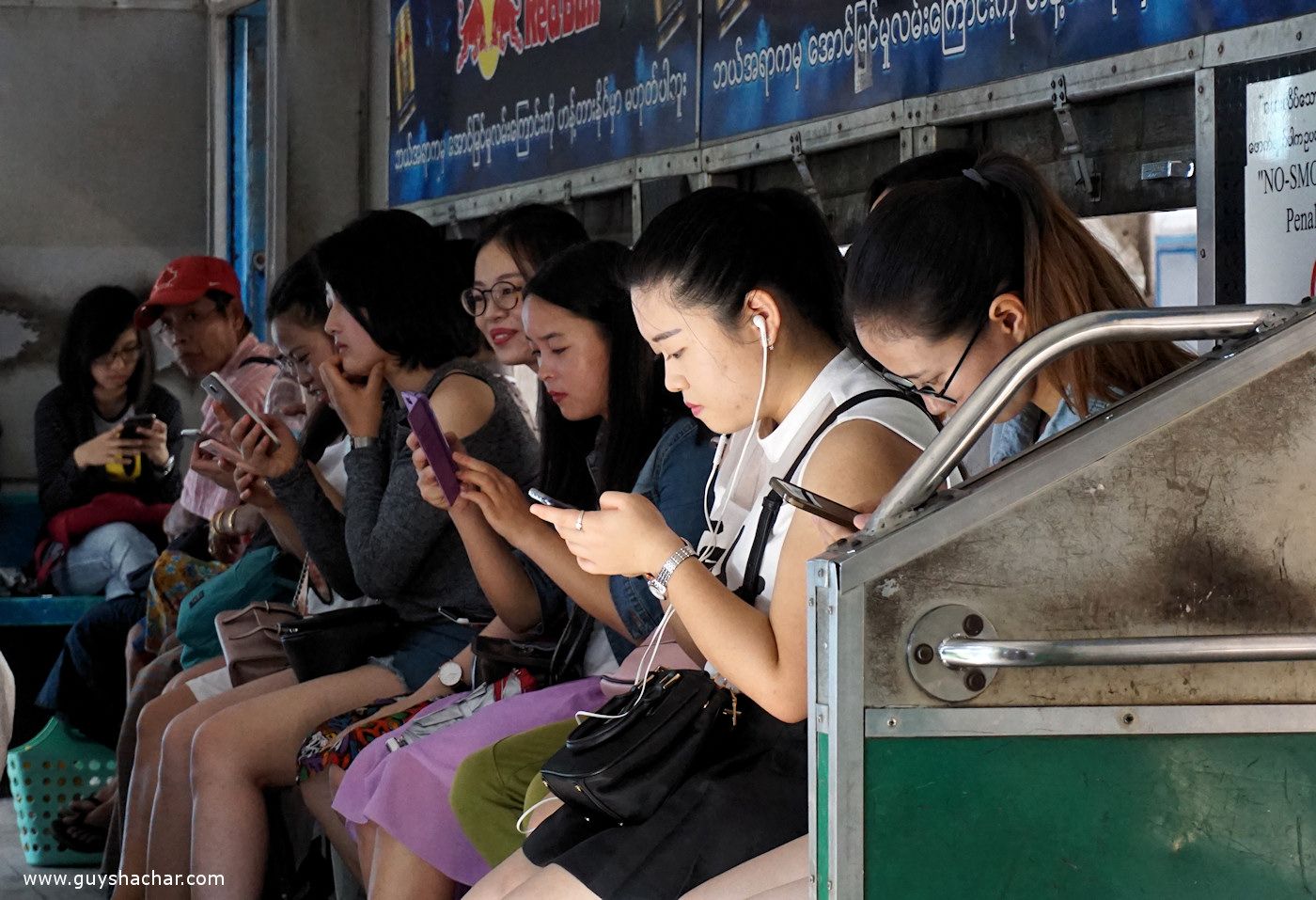
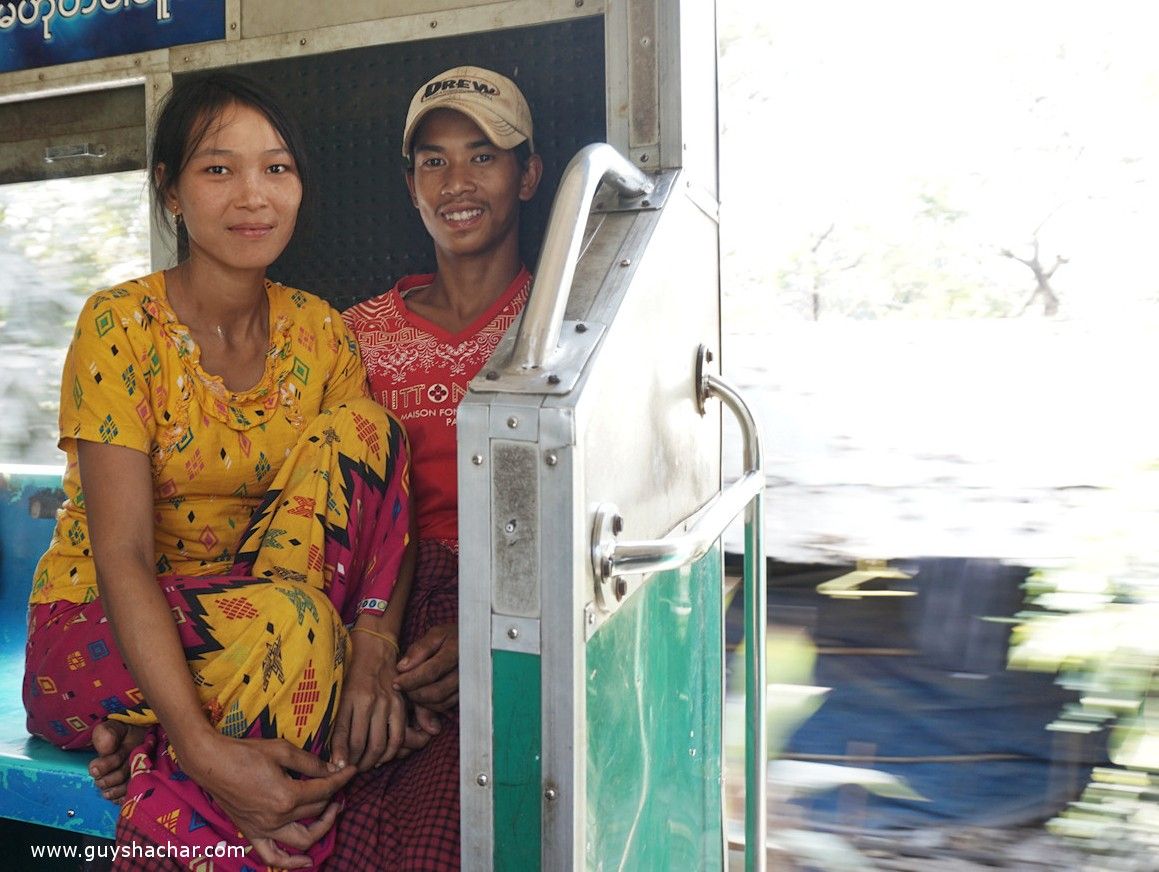
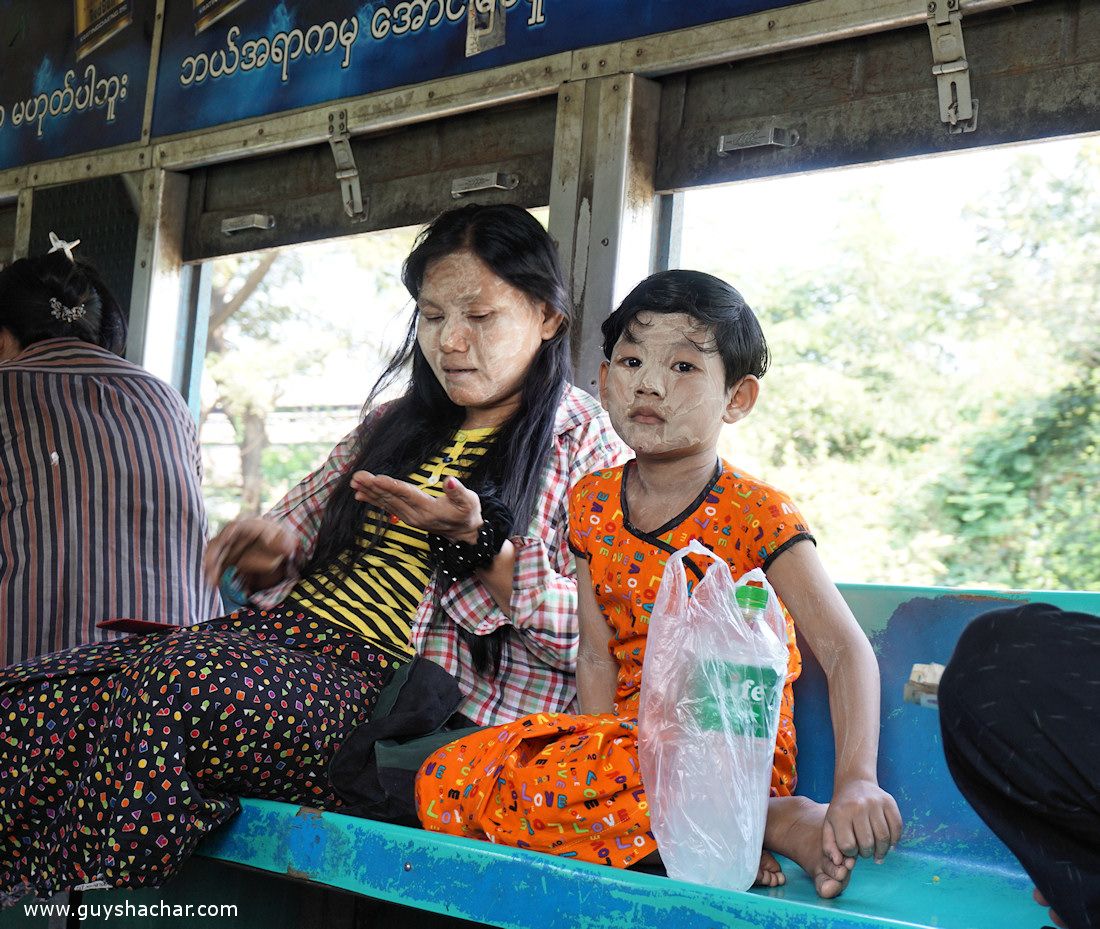
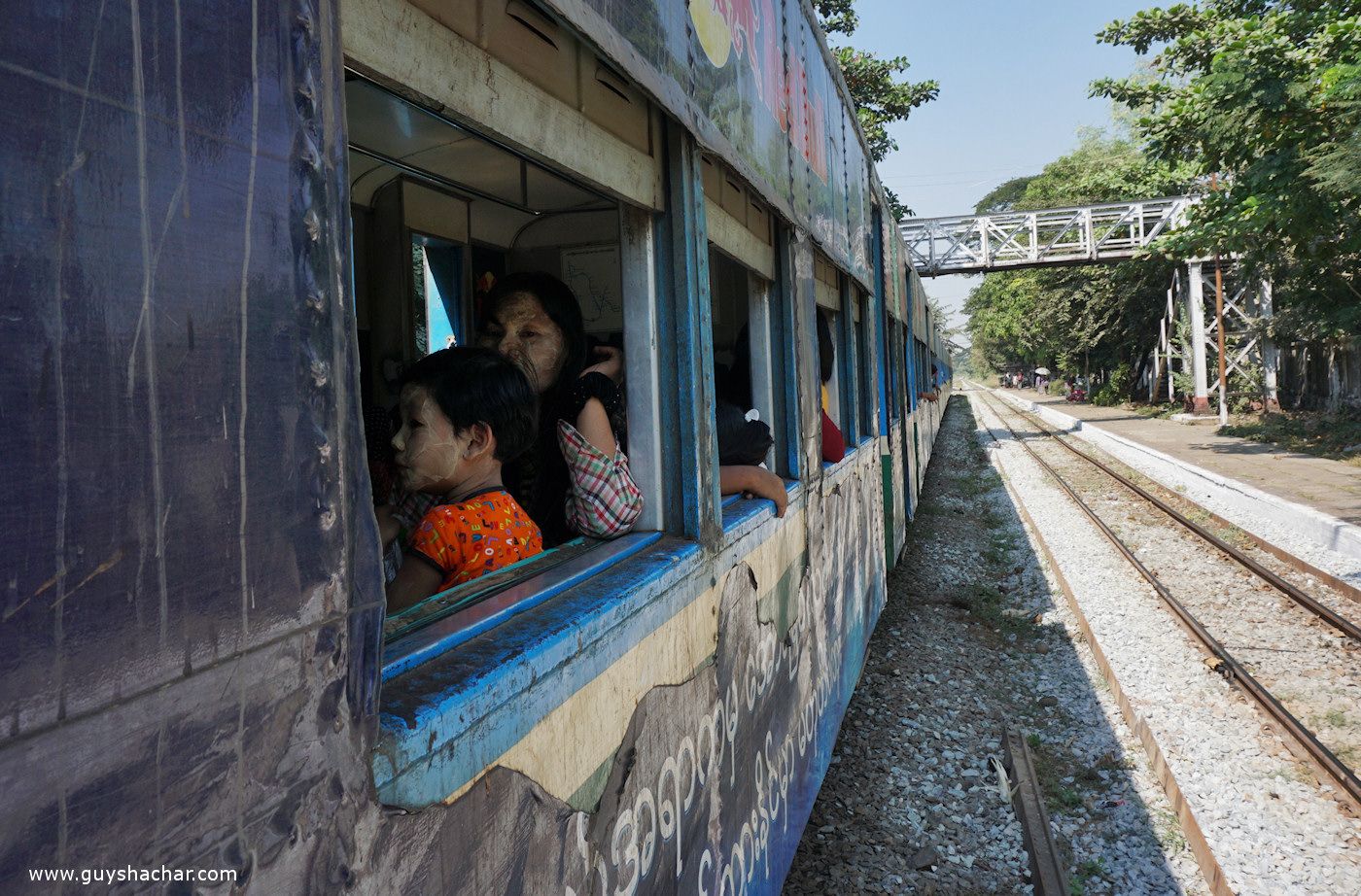


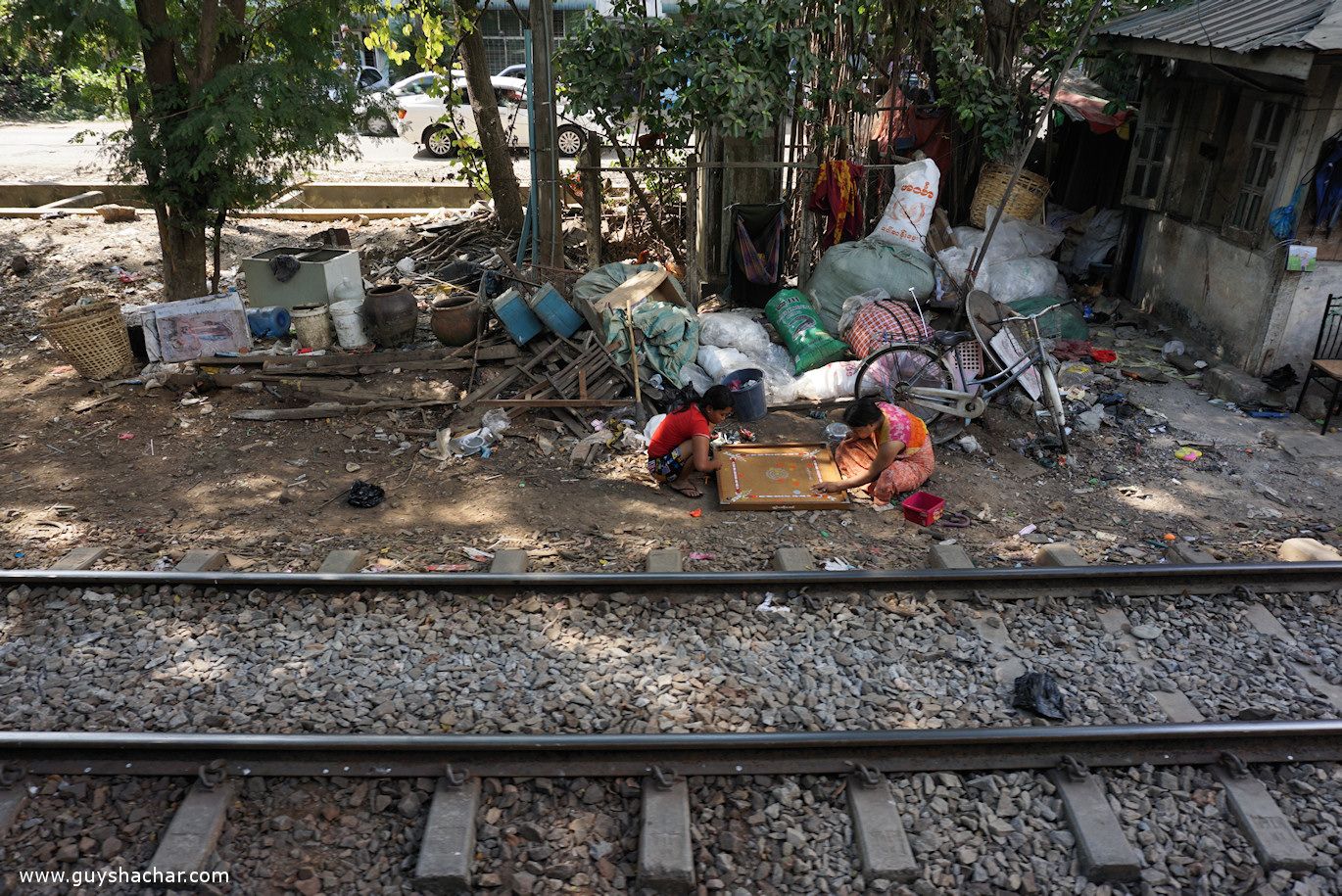
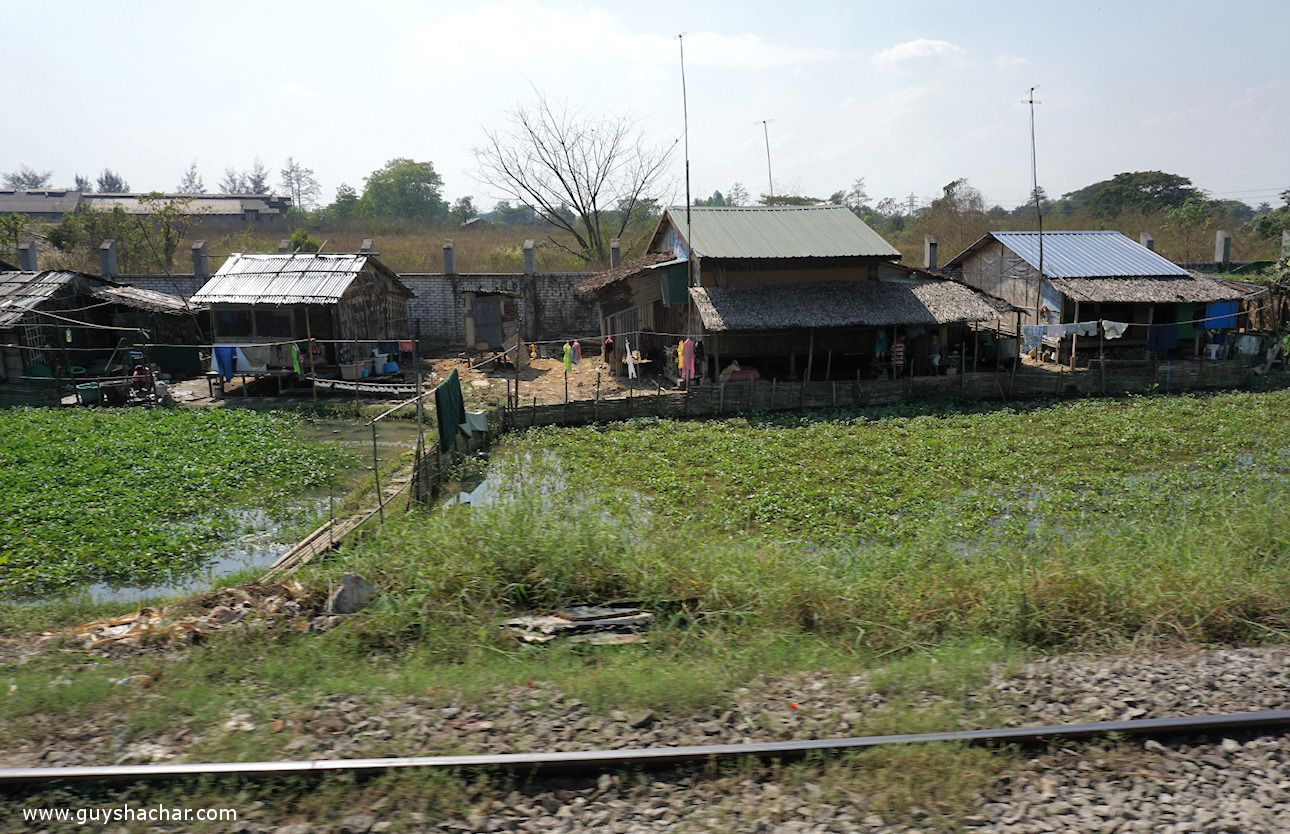

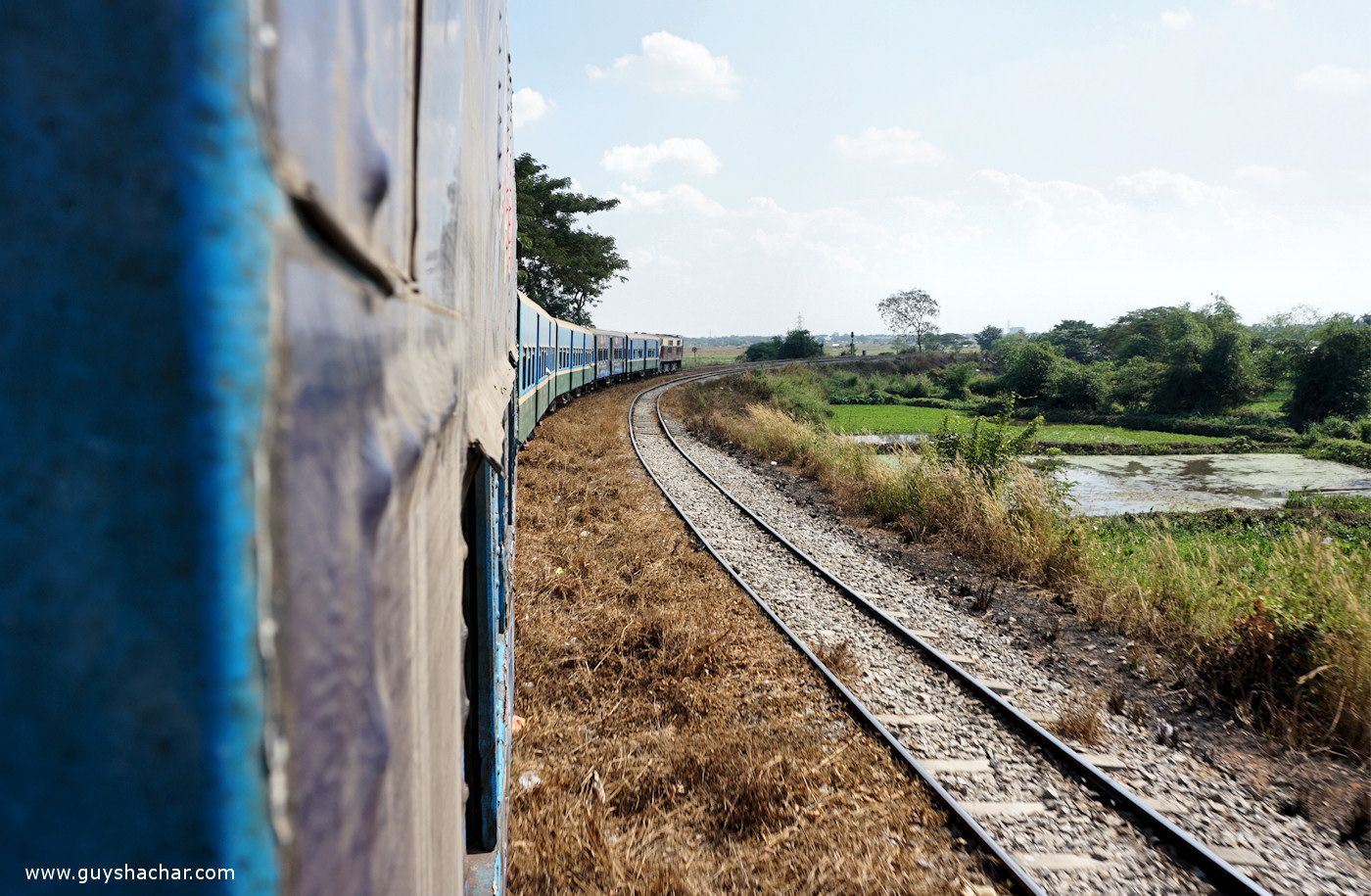
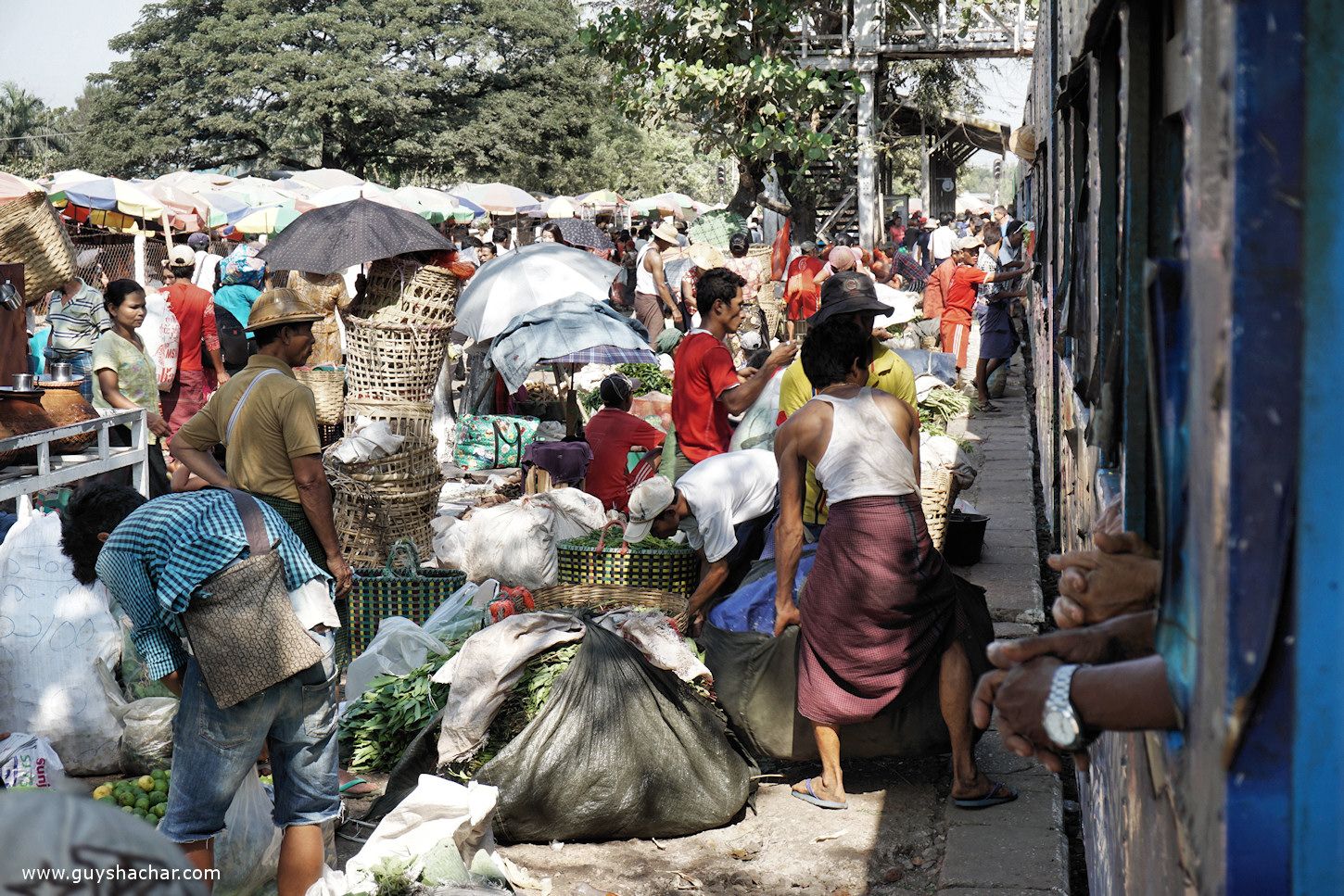
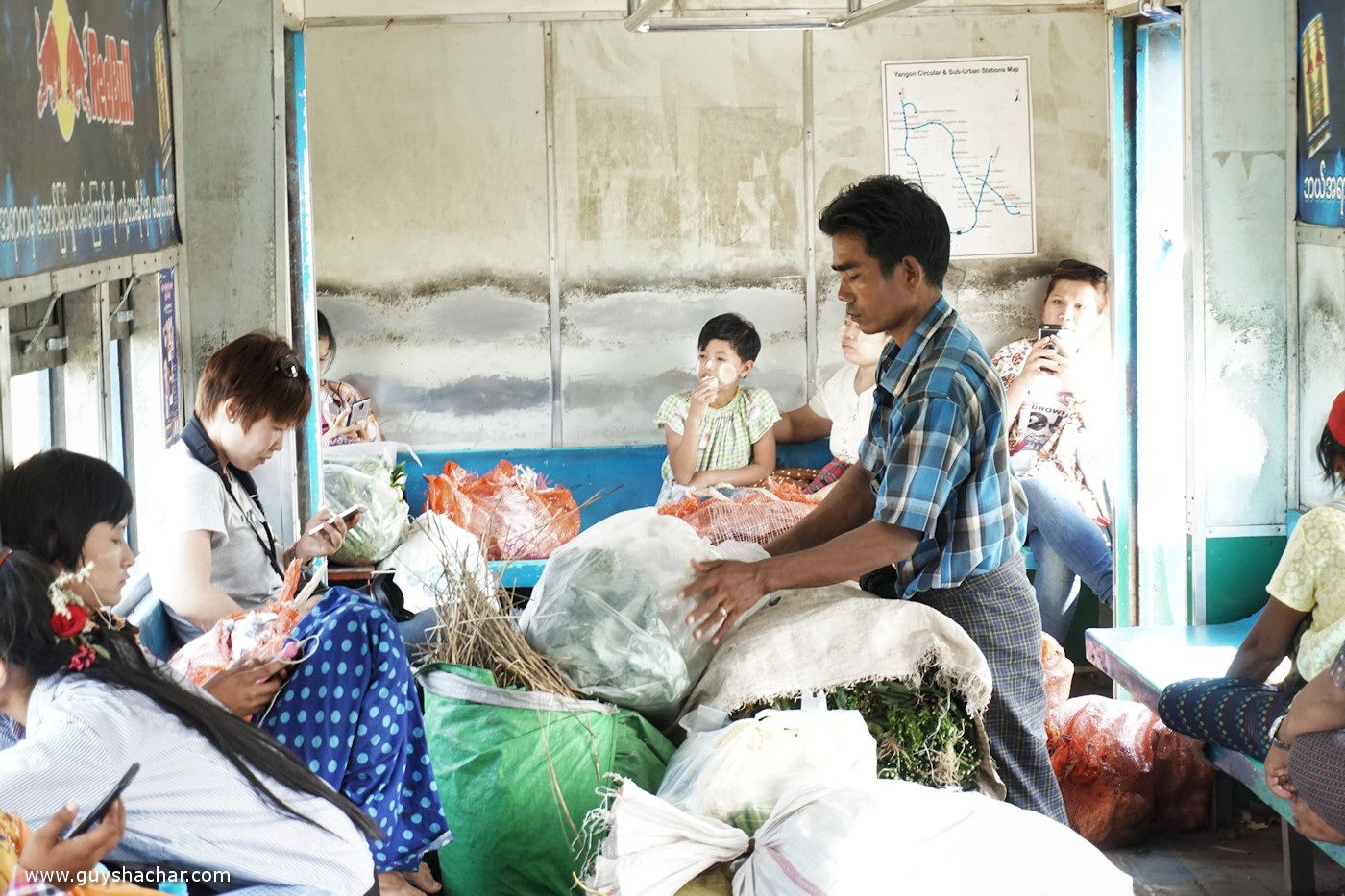
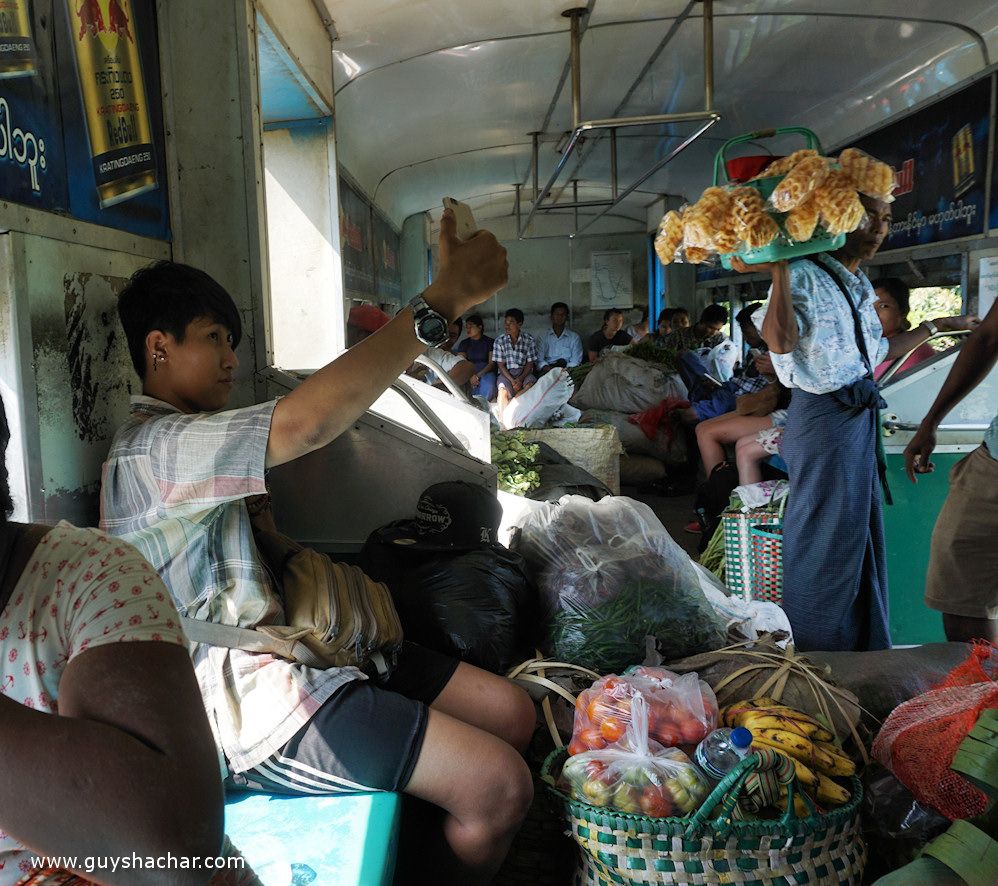
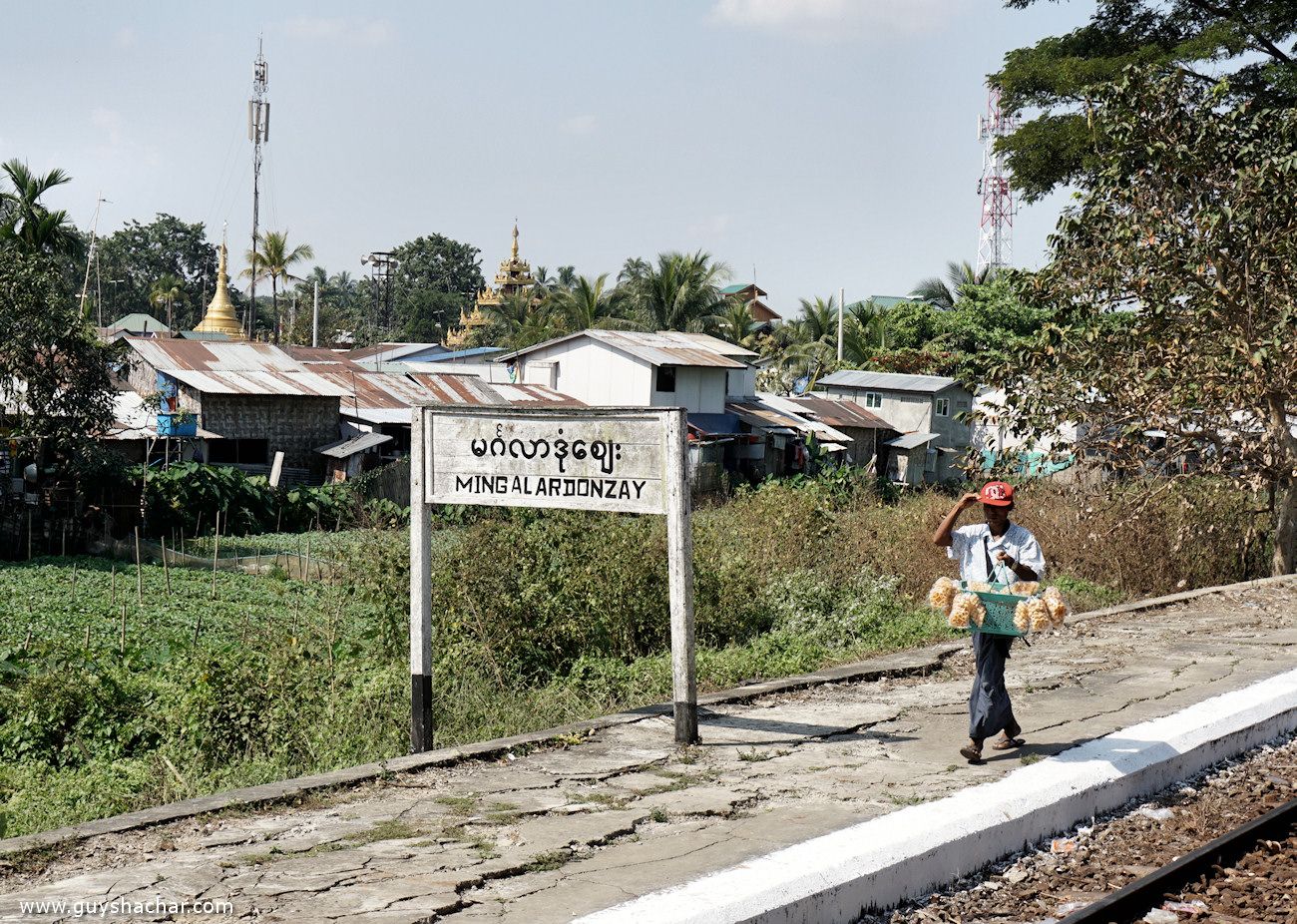
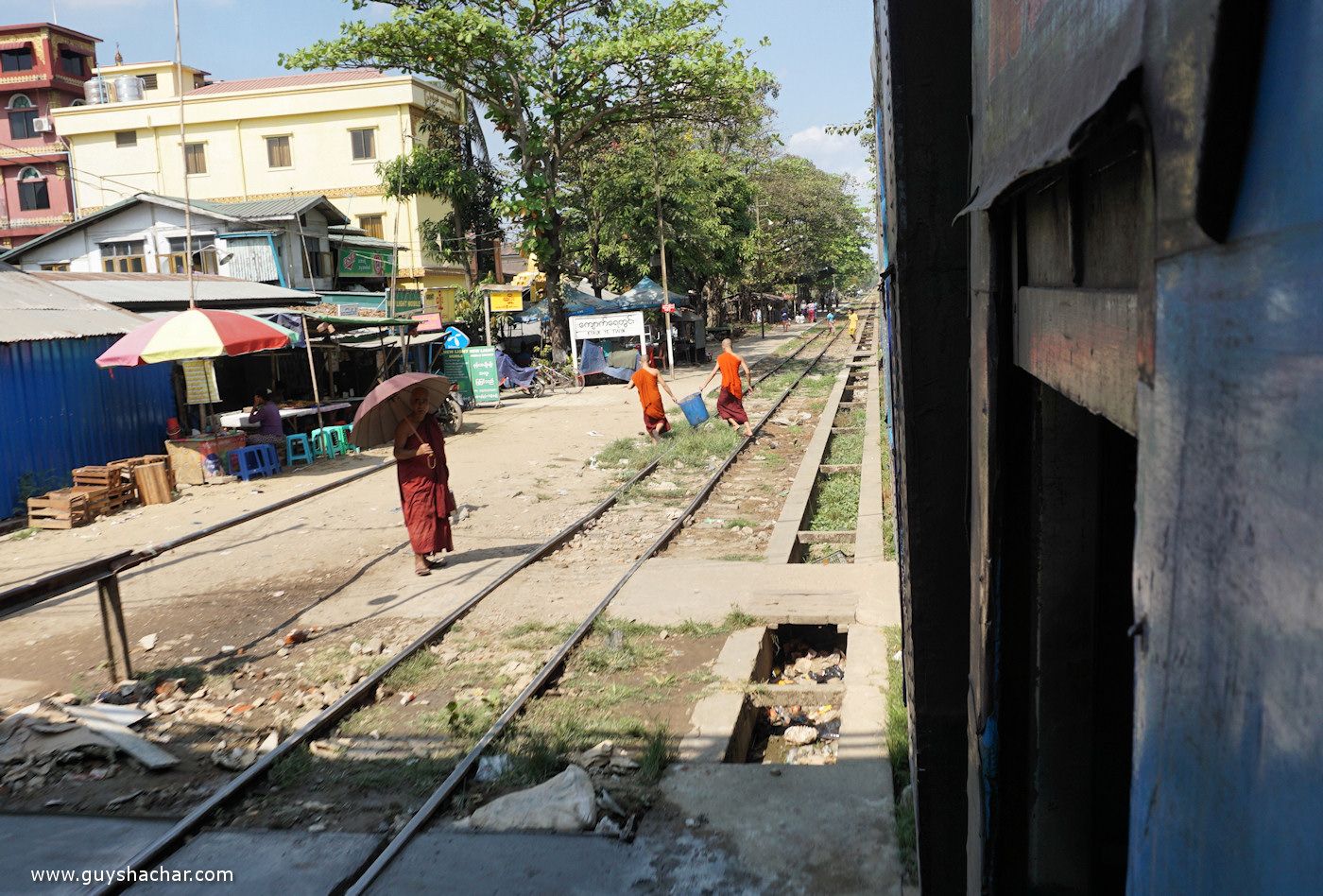
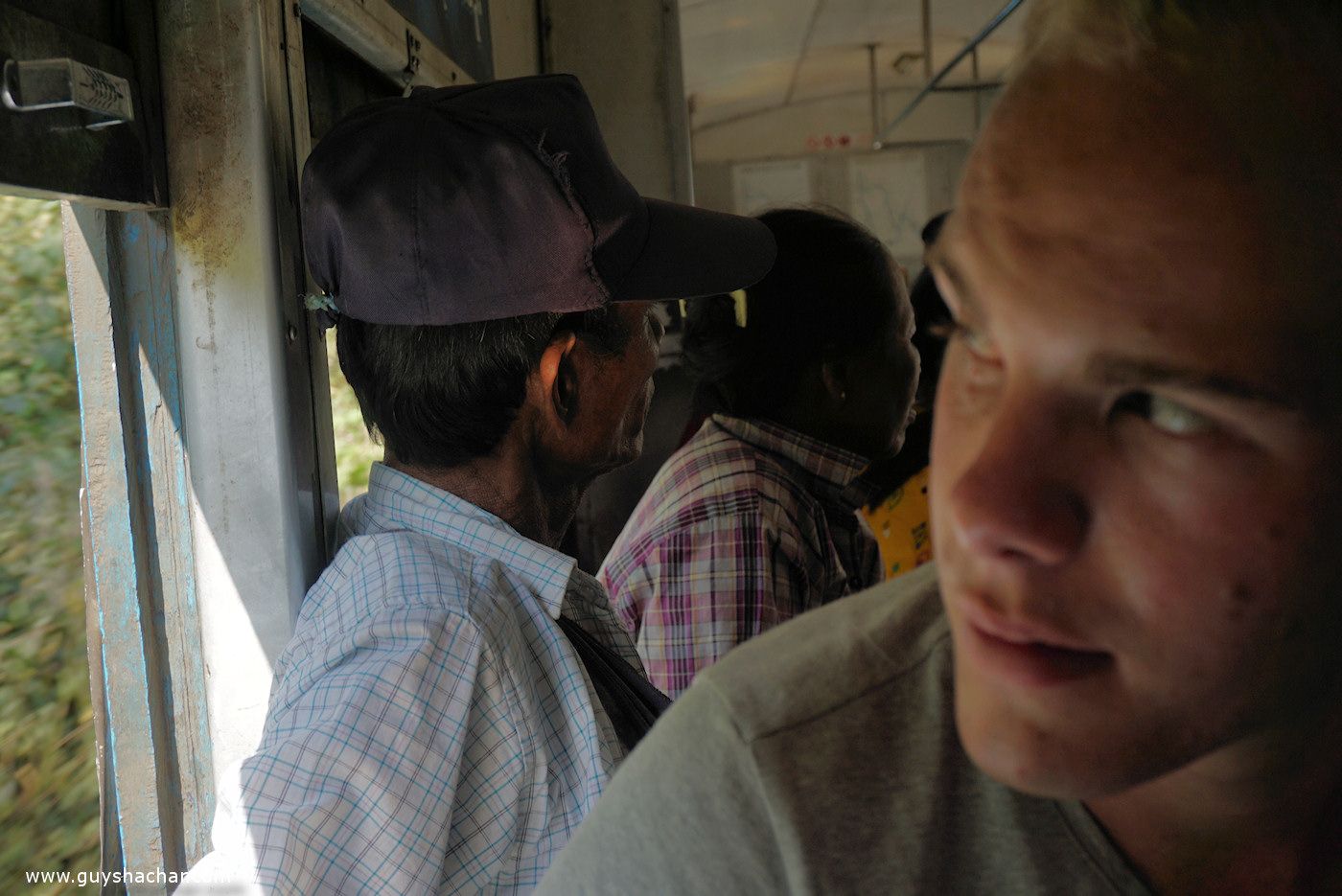
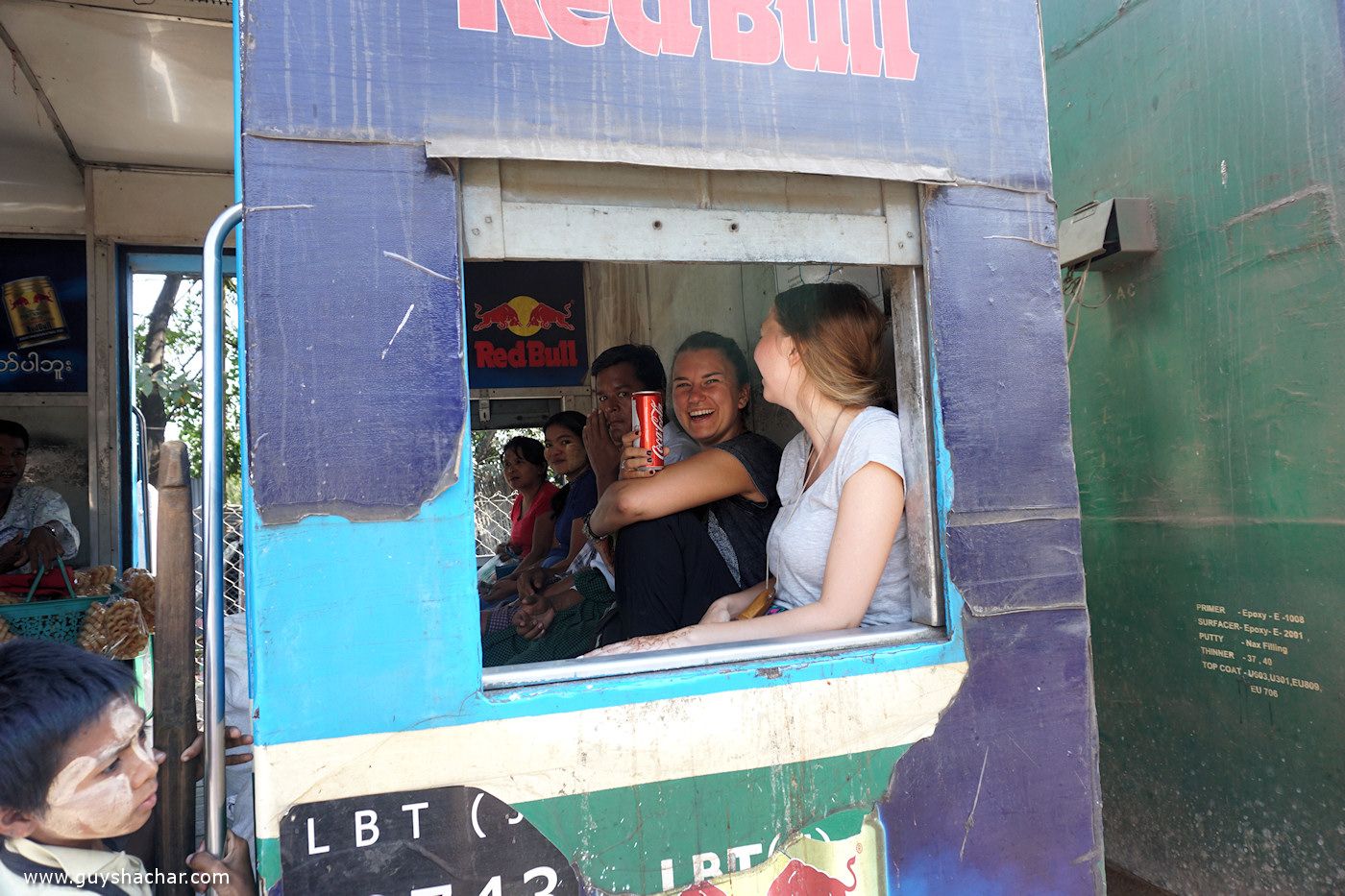
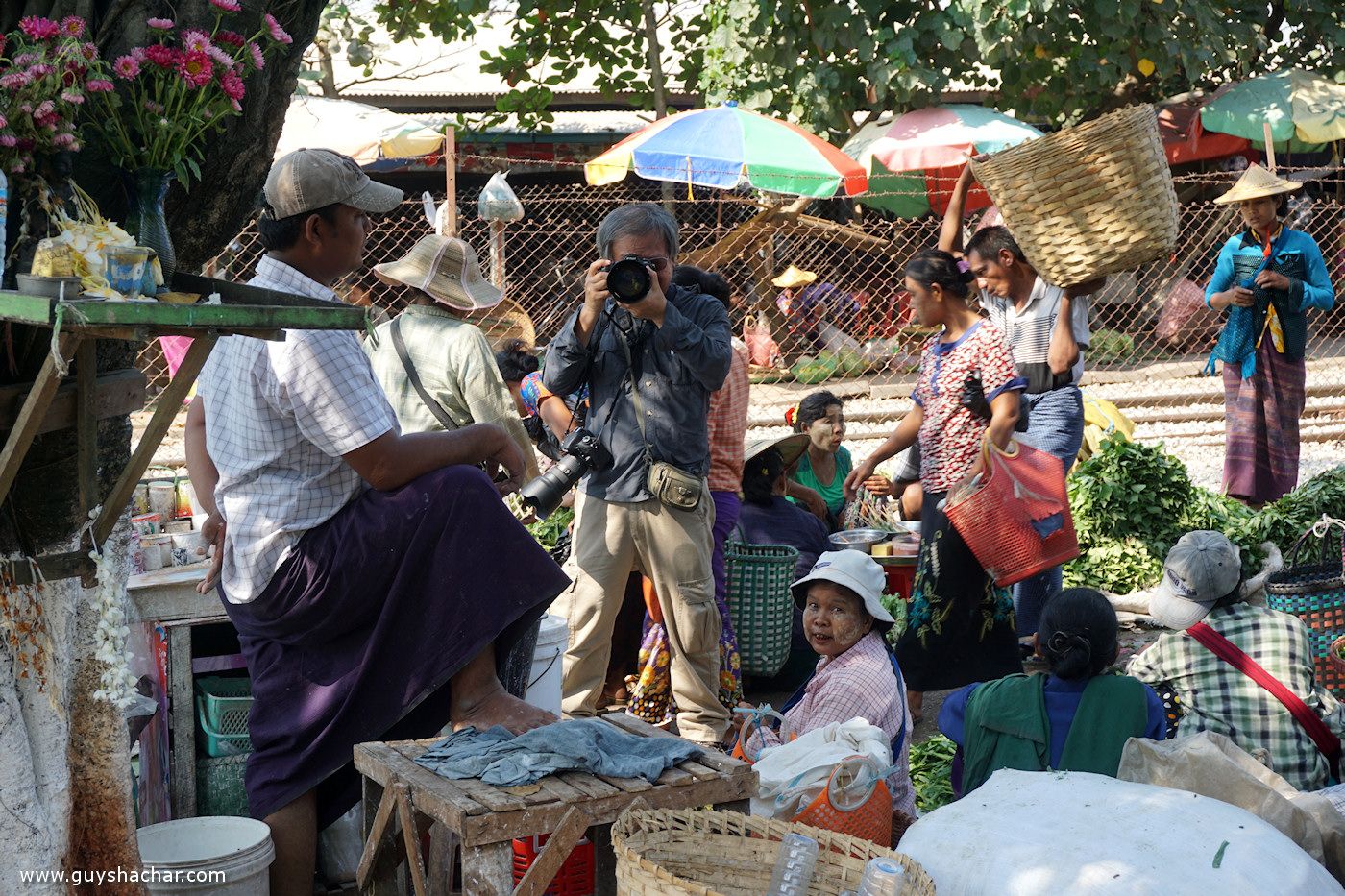
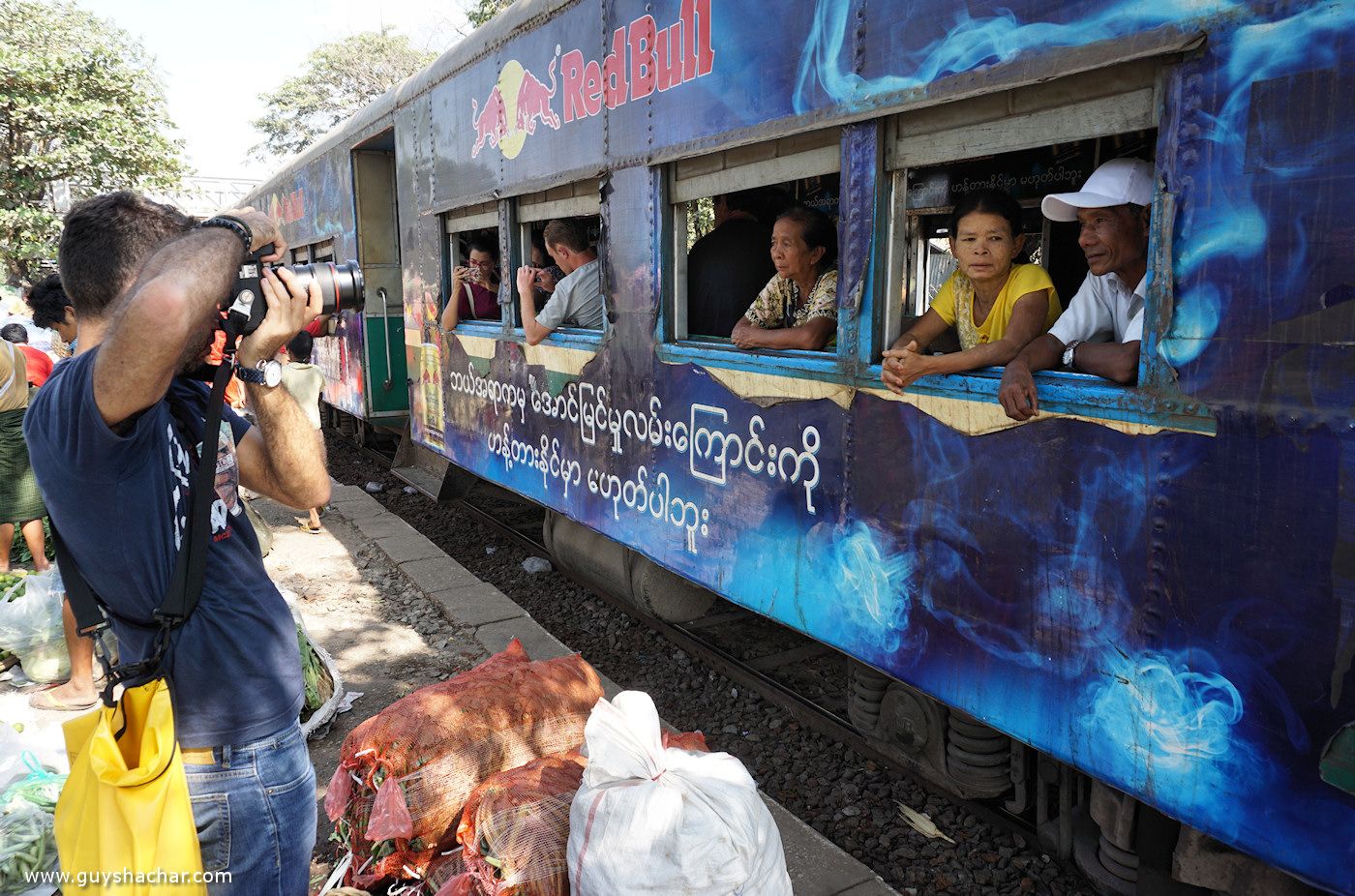



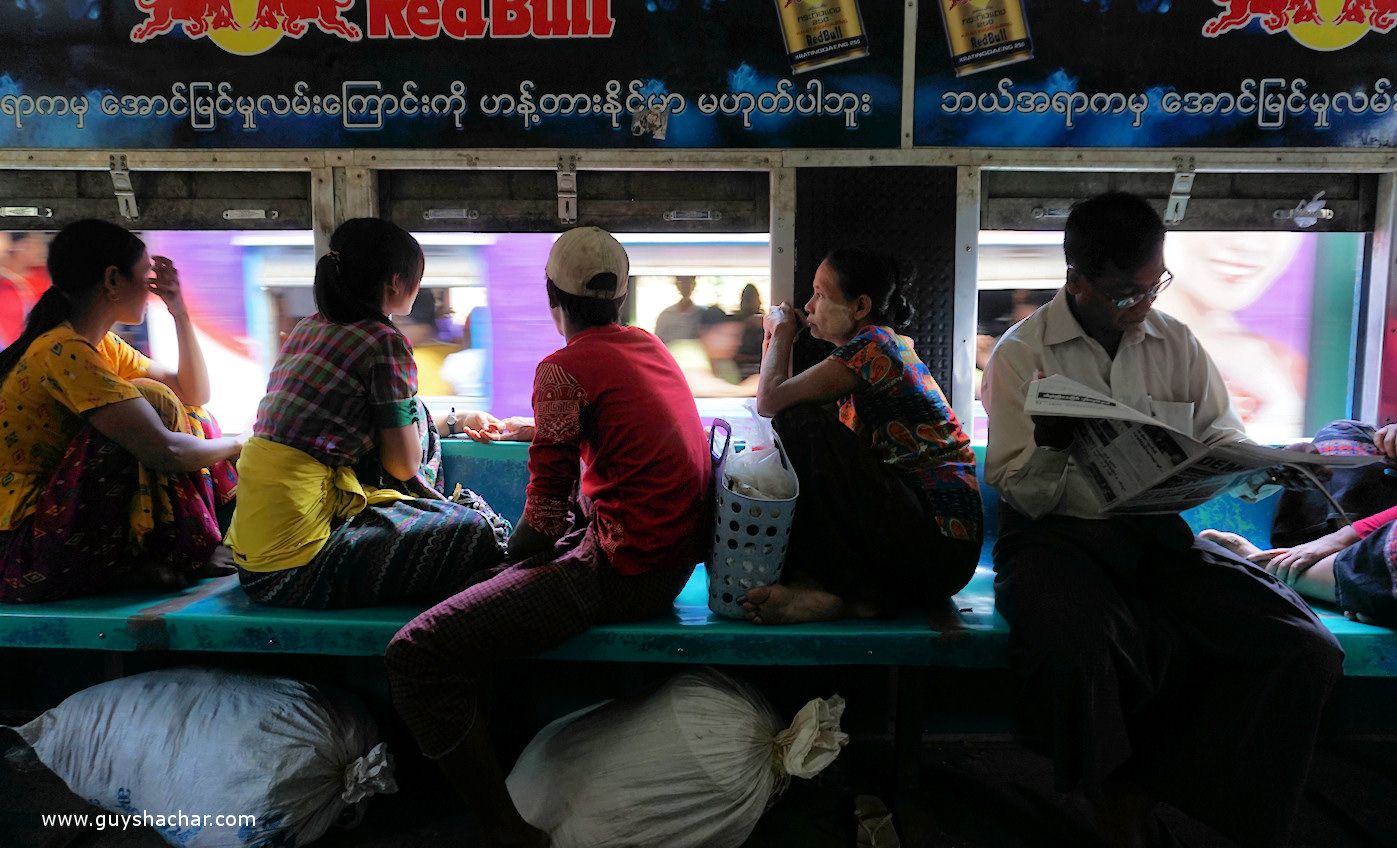
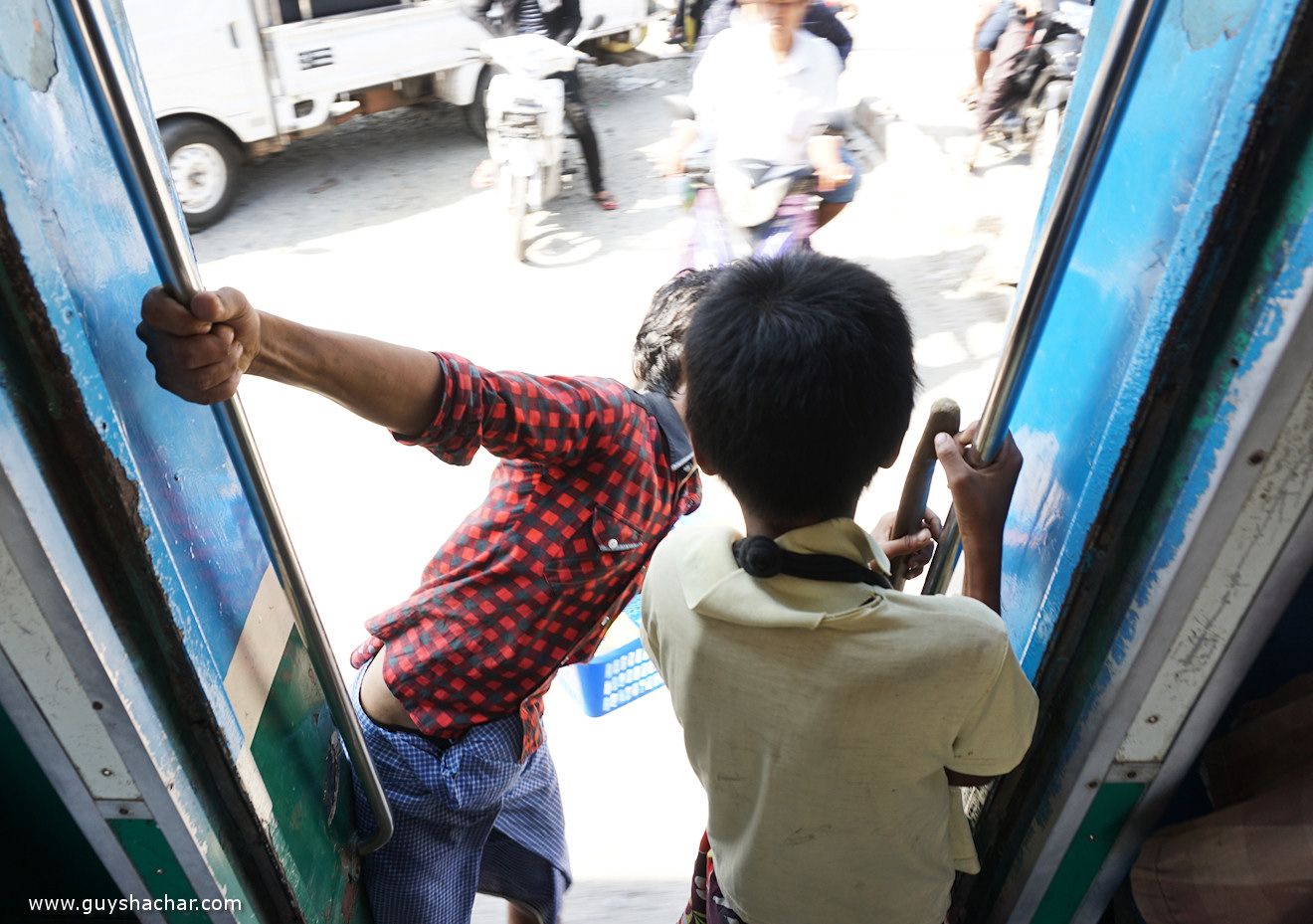
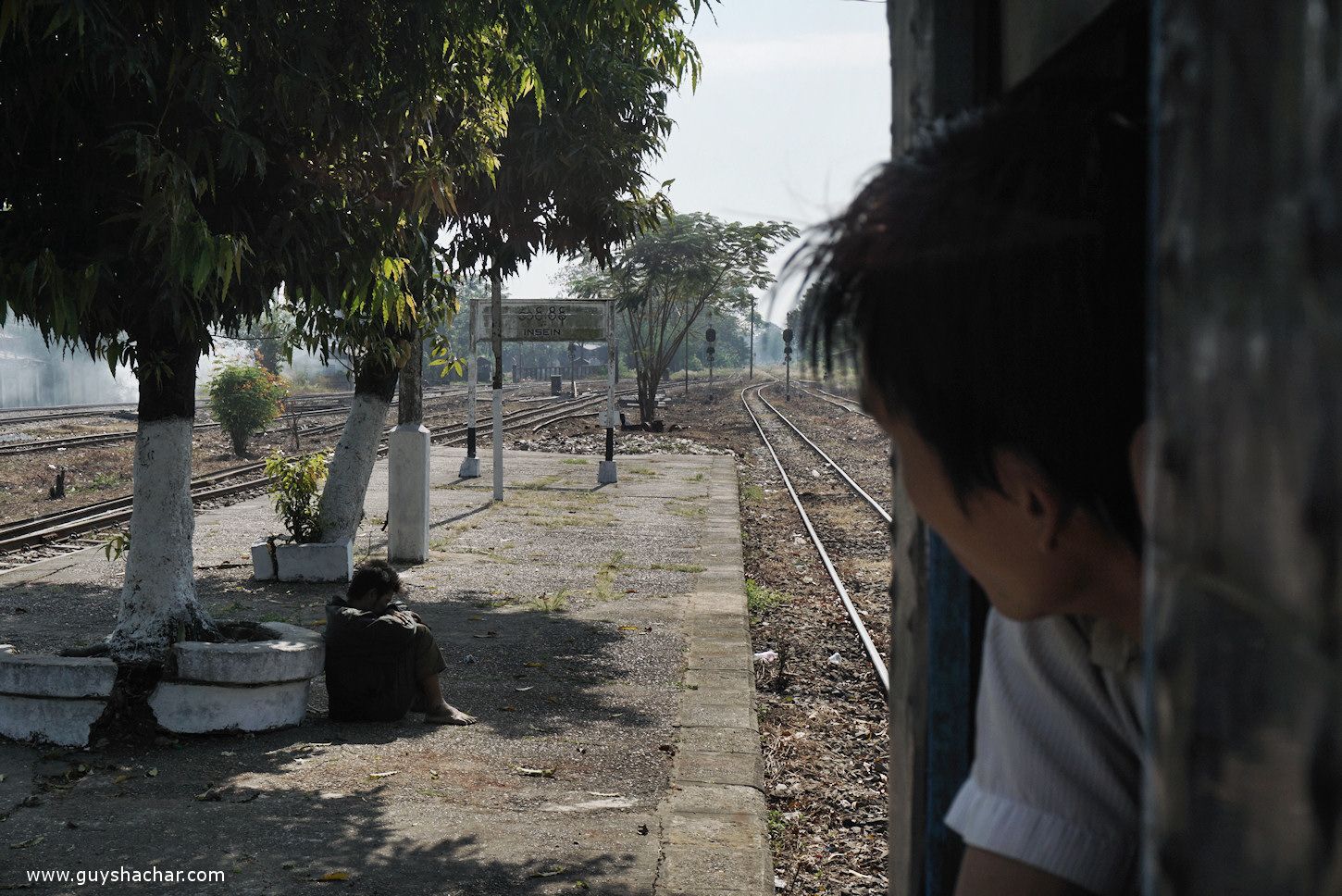
Leave a Reply